A Town Connected to The History of East Asian Trade City of Kasuga
The ruins of Odoi Mizuki Fortress and Tenjinyama Mizuki Fortress, built at the same time as the “Enormous Dyke of Mizuki Fortress” appearing in the Nihon Shoki. This high level of civil engineering technology was brought through exchange with the Korean Peninsula. This area, in the heart of the “Country of Na” appearing in Gishi Wajinden (“Records of Wei: An Account of the Wa”), is alive with the history of trade.
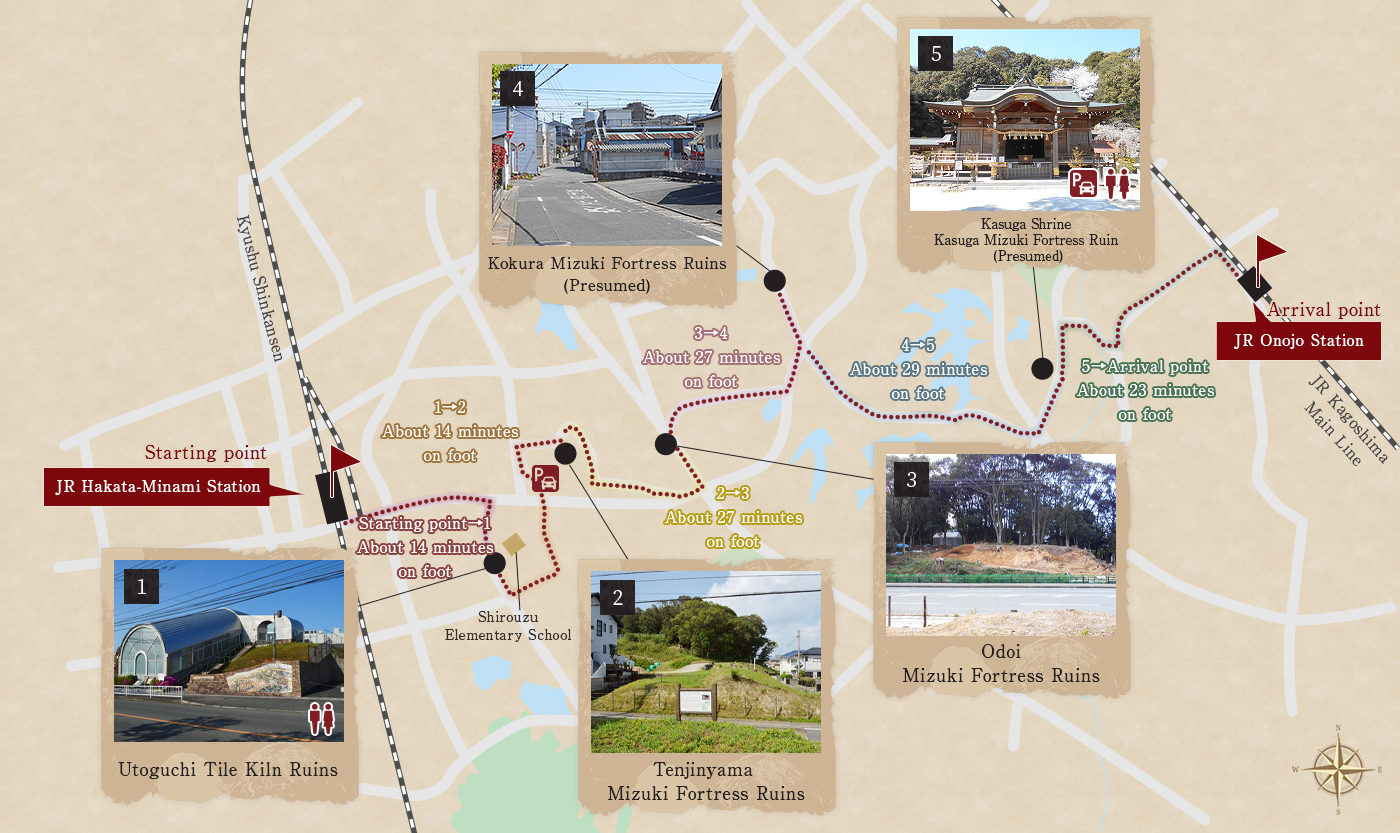
From JR Hakata Station
・8 minutes to Hakata-Minami Station on the JR Hakata Line
 Parking
Parking
 Restrooms
Restrooms
Depart from JR Hakata-Minami
About 14 minutes on foot
Where Tiles With Advanced Patterns Were Fired Utoguchi Tile Kiln Ruins
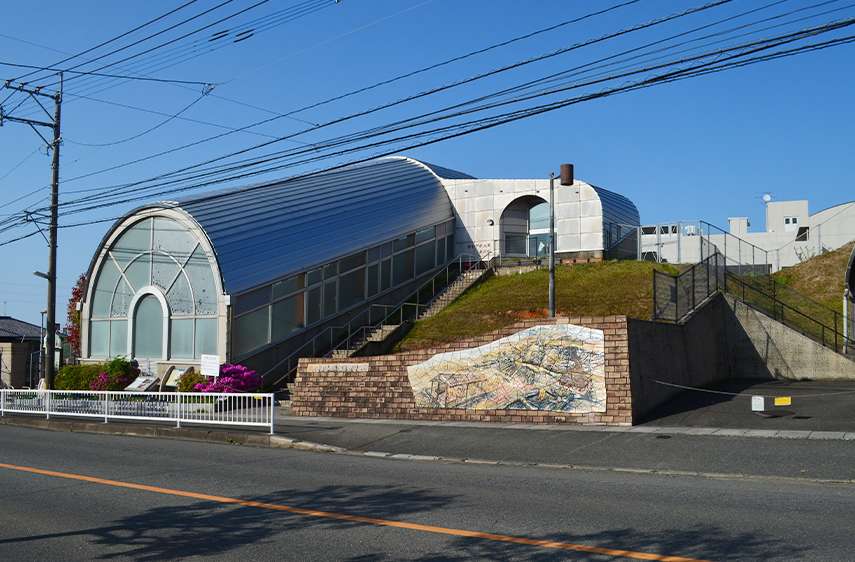
Utoguchi Tile Kiln Ruins is the remains of a 7th century tile kiln, a 14-meter-long underground ascending kiln built on the slope of a hill. Of the two kilns discovered during excavations in 1987, one contained a large volume of tiles. This is currently open to the public as an exhibition hall, showing its state at the time of its excavation, and has an adjacent facility where visitors can try their hand at making pottery.


About 14 minutes on foot

A “Little Mizuki Fortress” That Used Terrain to Its Advantage Tenjinyama Mizuki Fortress Ruins
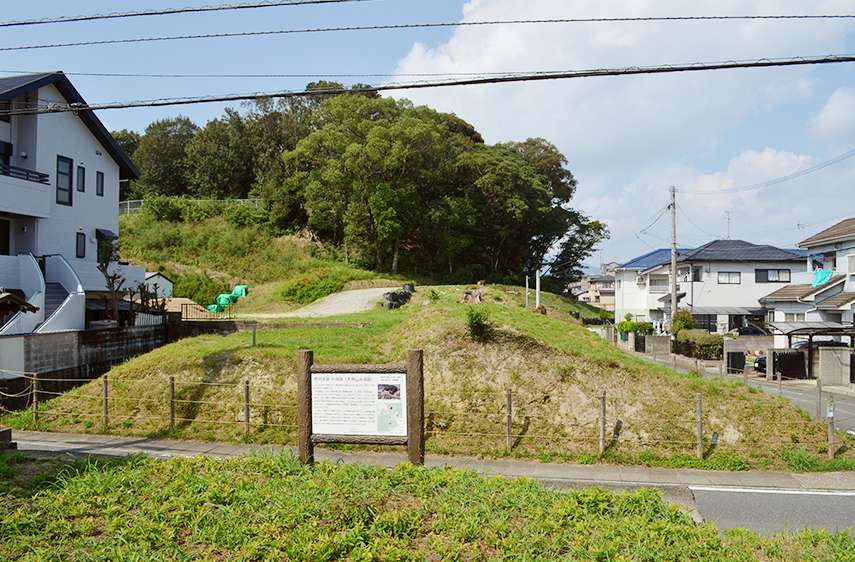
Mizuki Fortresses were fortresses built in the 7th century that had “big” Mizuki Fortresses spanning from Dazaifu to Onojo, with “little” Mizuki Fortresses built in the valley between the low hills to the west. These little Mizuki Fortresses are believed to have prevented enemies from invading by bypassing Mizuki Fortress. One of these is Tenjinyama Mizuki Fortress, an earthwork built to take advantage of the terrain, where parts can still be seen to this day.

About 27 minutes on foot
Telling of Ancient Water Technology Odoi Mizuki Fortress Ruins
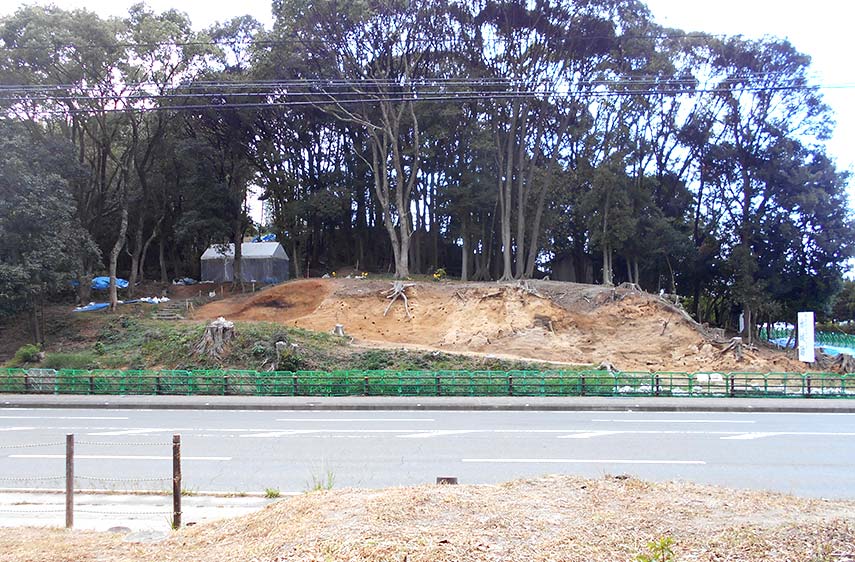
Odoi Mizuki Fortress Ruins are one of the Little Mizuki Fortress, where 75-meter-long earthen walls still remain. Traces of soil layers used to build the earthworks as well as the first wooden trough found at one of the Little Mizuki Fortresses have been discovered here. A wooden trough is a wooden pipe or ditch used to send water, and is thought to have been used to conduct water from the back of the earthworks to the front.

About 27 minutes on foot
Visit the Remnants of the Earthworks at Kokura Mizuki Fortress Ruins (Presumed)
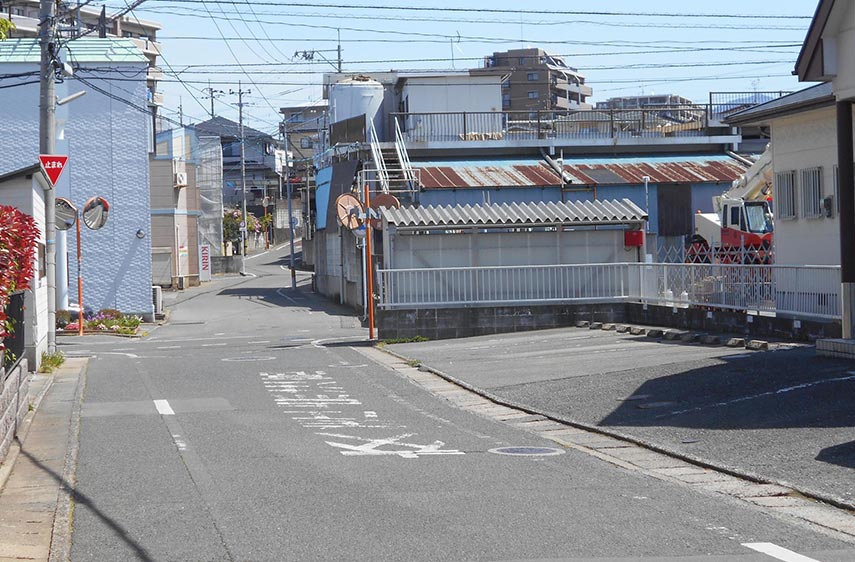
Kokura Fortress is presumed to have been the earthworks flanking the Kasuga City Sports Center Road to the east and west. Since the surrounding area has been developed as a residential area, they are still buried half underground, but take a walk in the area to search for the remnants of these earthworks.

About 29 minutes on foot
Where the Area Name Kasuga Originates
Kasuga Shrine
Kasuga Mizuki Fortress Ruin (Presumed)
It is said that Ama-no-Koyane-no-mikoto was enshrined in this area when Prince Naka-no-Oe, who later became Emperor Tenji, was in Nagatsunomiya (now Takamiya, Fukuoka). A shrine was built in 768 to welcome and enshrine Kasuga Daimyojin, the god of the Fujiwara Clan, and it is from this that the area name Kasuga originates. Kasuga Mizuki Fortress Ruins are presumed to have existed along the promenade.
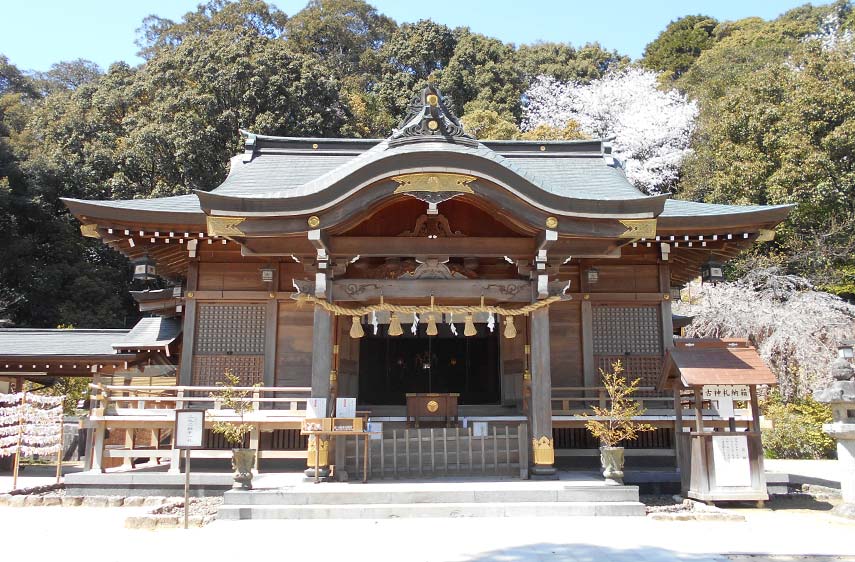



About 23 minutes on foot
Arrive at JR Onojo Station

